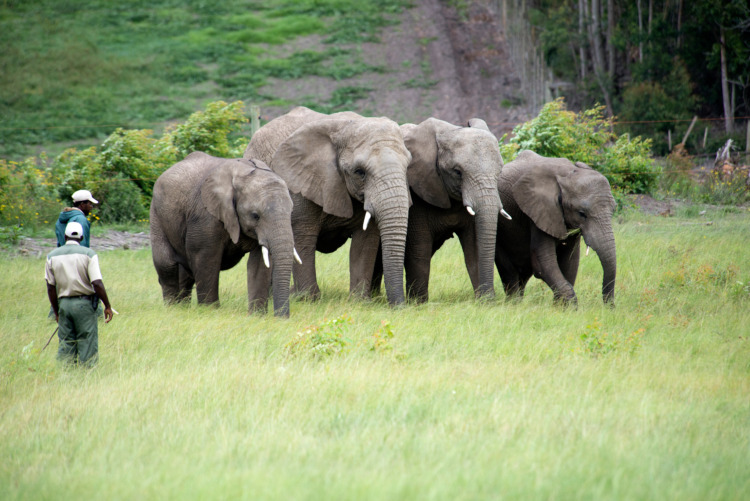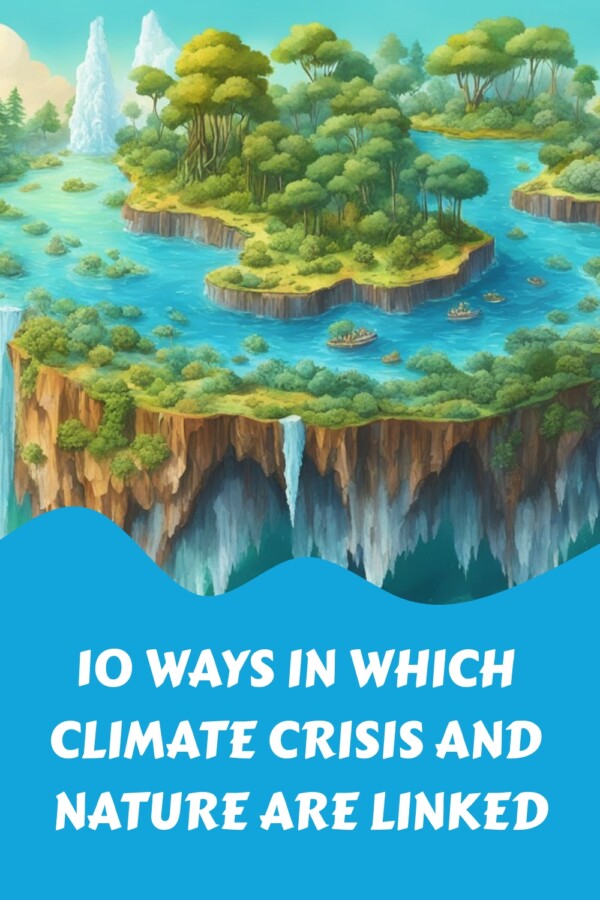The intertwining crises of biodiversity decline and climate change intensify a dangerous synergy. As climate change escalates, it perpetuates the degradation of vital natural habitats. This destruction feeds into climate change, furthering the loss of diverse species. This intricate connection manifests in several ways:
Ecosystem Damage by Wildfire

Increasingly frequent infernos are laying waste to ecosystems globally, highlighting the heightened susceptibility of landscapes due to climatic shifts. In addition to the immediate devastation to human infrastructure, wildlife pays a heavy toll. For example, Australia’s bushfires had catastrophic consequences for nearly 3 billion animals and exacerbated atmospheric carbon levels.
Vulnerable Landscapes and Fire Susceptibility

Human alterations to natural landscapes have often contributed to wildfire risks. For instance, non-native grasses in Hawaii and monoculture eucalyptus plantations in Portugal have amplified the ferocity of forest fires. Diversified and properly managed habitats are crucial for resilience against fires.
Carbon Storage Capacity of Landscapes

Earth’s wild terrains, such as forests and peatlands, act as carbon sinks. Destruction of these landscapes through various means significantly releases captured carbon, undermining efforts to combat climate change.
Rising Temperatures Impact on Wildlife

With incremental temperature rises, wildlife species must alter their behaviors for survival. Understandings of the long-term effects are nascent, but it is evident that thermal stress is impacting fertility, immune systems, and survival rates across numerous species.
Oceanic Heatwaves and Marine Life

The underwater realm is experiencing heightened temperatures, posing severe threats to marine biodiversity. Corals, the backbone of marine ecosystems, are on the verge of collapse with projected warming scenarios, which could have profound implications for global food security.
Oceanic Carbon Storage Compromised

The world’s oceans are a significant carbon reservoir, yet overexploitation and carbon absorption are causing acidification and biodiversity loss. Strains on marine life like overfishing contribute to carbon release that parallels significant terrestrial industries.
Forests, Wildlife, and Carbon Sequestration

The dynamic between large fruit-eating wildlife and carbon-rich hardwood trees in tropical forests is disrupted by poaching, leading to a loss in carbon-storing capacity. The replacement by less carbon-dense softwood trees further adds to the carbon dilemma.
Weather Extremes and Landscape Restoration

Efforts to rewild landscapes for carbon absorption are hampered by extreme weather. The establishment and survival of young trees are at risk due to persistent drought and disease, exacerbated by current climatic conditions.
Climate-Induced Displacement

The worsening climate crisis is displacing populations, leading to further disturbance of previously untouched natural areas. As individuals are pushed into new environments, the equilibrium of those ecosystems is at risk of disruption.
Agricultural Land Expansion

More land is being converted for agriculture to sustain food production, often at the expense of natural habitats. Climate change is shifting the geographic viability of crops, demanding more land to meet the global food demand.
The resolution of these intertwined crises requires meticulous management and restoration of landscapes and conceptual shifts in society’s interactions with natural systems. The time is ripe for innovative policies and practices that encapsulate this complexity.
The balance of maintaining biodiversity while combatting climate change holds the key to a sustainable future. As these phenomena are more intensely studied, the need for adaptive strategies that can evolve with our growing understanding becomes ever clearer.


